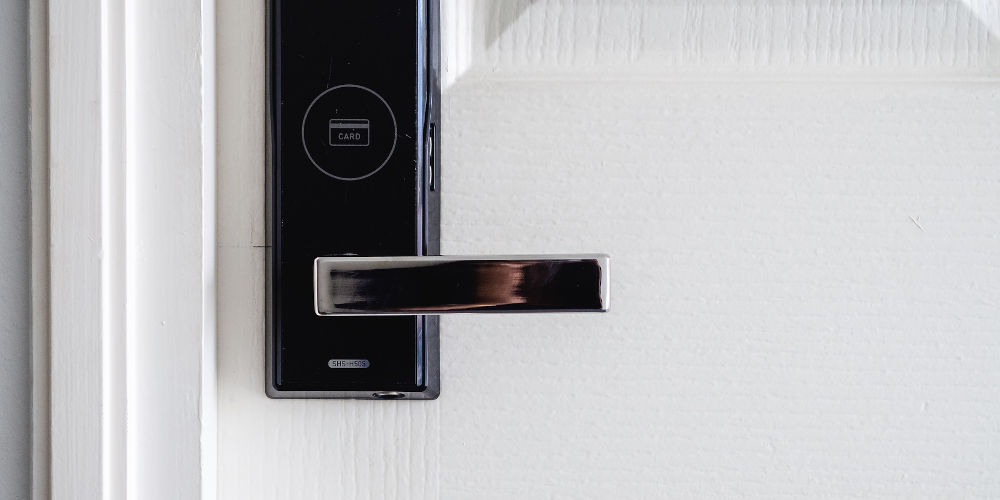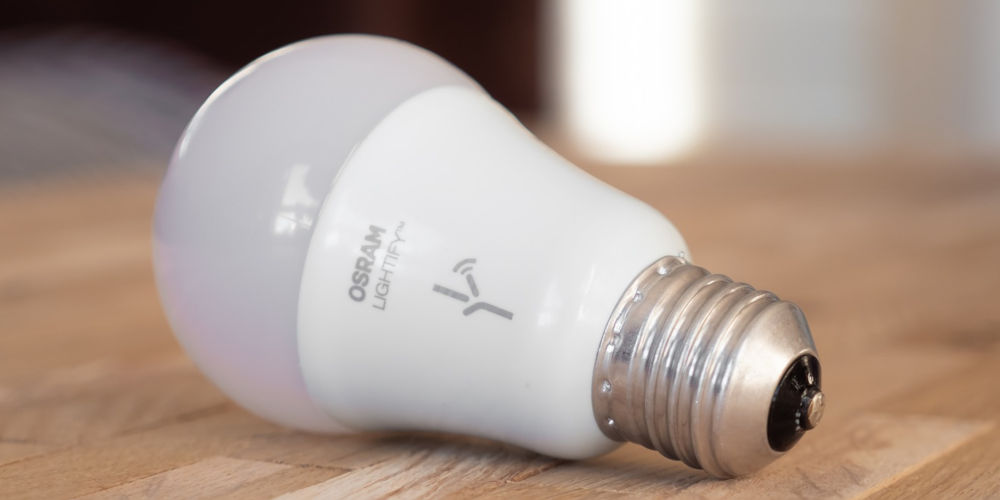Do I need a Z-Wave extender or repeater?

One feature that makes a Z-Wave smart home system ideal is it uses wireless technology. You don’t need to waste time laying wires all over your house. But like Wi-Fi, Z-Wave signals can be patchy in some areas, especially if your home has thick walls.
You can usually solve these issues using a Z-Wave extender or repeater to boost your Z-Wave signal and extend its range, ensuring your smart home devices are always connected and running smoothly.
Even though Z-wave uses a mesh network, which should overcome any dropouts or blind spots, it’s far from perfect. Z-Wave extenders and repeaters help build a solid Z-Wave mesh network and ensure your smart devices work.
So, if you’re having trouble with your Z-Wave smart home system, consider picking up a repeater or two. They’re a cheap and easy way to improve the reliability of your system.
How does the Z-Wave mesh network work?
Let’s start by explaining how mesh networks operate. This basic knowledge will help you understand how Z-Wave extenders work.
Mesh networking is a “network topology” that allows devices to piggyback off one another, allowing wireless signals to reach the main hub. Rather than requiring every device to be within the hub’s range, they only need to be close to another repeating device.
The more repeating devices in the network, the stronger the communication mesh between devices. Z-Wave allows the signal to make up to four “hops” between the device and the main controller. Ideally, you want to keep it to two or fewer hops.
With each hop, the signal takes a fraction of a second longer to reach the main controller or vice versa. When you add up this delay for each hop, it starts to be noticeable. So, you want to minimise the number of hops.
Mesh networking has many benefits over allowing you to place Z-Wave devices further away from the hub or controller. You can also circumvent many common household items that tend to affect wireless signals, such as large appliances or heavy concrete walls.
There are two types of Z-Wave devices: those that contribute to the mesh network and those that don’t. Mains powered Z-Wave devices help boost the signals of other devices. Battery powered devices, on the other hand, are reactive.

How to avoid gaps in the mesh network
If your smart home system only uses battery-powered Z-Wave devices, such as the Heatit Z-Push, your mesh network will be weak. So, it’s essential to have Z-Wave devices that plug into the mains.
The reason behind it is simple. It takes a lot of power to repeat Z-Wave signals. Battery-powered devices don’t have enough built-in energy storage to act as a repeater.
An element that complicates matters is that every Z-Wave device has a different range. Some will only operate within a range of 15 metres. Others have a range of up to 100 metres. So, it’s critical to pay attention to the range specifications of each device you add.
Say you want to add automated blinds to your bedrooms, allowing you to control all window treatments with a single button. You’ll never need to run around the house to close curtains and blinds!
However, there’s one problem. Your smart home hub is near the front door with your Wi-Fi router. Your blinds might not work as effectively as possible, as the hub is slightly out of range.
So, rather than needing to move your hub and potentially create more issues, you can plug-in a Z-Wave extender into a power socket on the landing. As this power socket is in range of the hub, it can repeat signals and control your blind motors without fail.
What Z-Wave devices can act as repeaters?
Any mains powered device can act as a Z-Wave repeater, including:
- All mains-powered devices
- Dimmers, relays, switches and blind controllers
- Wall plugs – On/Off and Dimmers
- Some sensors – provided they are permanently powered (not battery powered)

Consider upgrading to Z-Wave Plus
Z-Wave Plus devices offer significantly improved range, response time, and battery life. If your devices previously required three repeaters, they could now only need two, making your system more reliable and fast.
Z-Wave Plus devices also have another great feature, network wide inclusion (NWI). With non Z-Wave Plus networks, when adding a new device, you must be within range of your Z-Wave controller, even if the signal passes through a repeater to reach the hub.
With NWI, you can be in your final location during inclusion, and it will still work even if the signal has to hop.
Another benefit of Z-Wave Plus devices is they use a new security protocol called the Security 2 (S2) framework, which increases the security measures of normal Z-Wave devices. Using Z-Wave Plus ensures your system has the highest levels of protection possible.
Beef up communications using redundant signal routes
If devices rely on repeating nodes for the signal to reach the main controller, it’s best to have multiple signal paths.
Even a tiny change, such as moving furniture, adding a new appliance, or someone unplugging a device to plug in the vacuum cleaner; can disable a repeater and cause issues with multiple devices.
You can avoid this by using two or more paths for signals to follow back to the main hub. So, it’s best not to rely on a single device to repeat a signal.

Should I buy a Z-Wave extender?
While you can purchase a Z-Wave extender, such as the Aeotec Range Extender, it’s better to use mains powered devices as they also provide a useful function. After all, why use two mains sockets when one will do?!
We’d suggest using a Fibaro Wall Plug. It allows you to boost your Z-Wave range and remotely operate plugged-in appliances. It could let you turn a lamp on or off via a smartphone app without moving from the Sofa.
Building a solid Z-Wave mesh network will ensure your dream of having a connected home will be one step closer!




